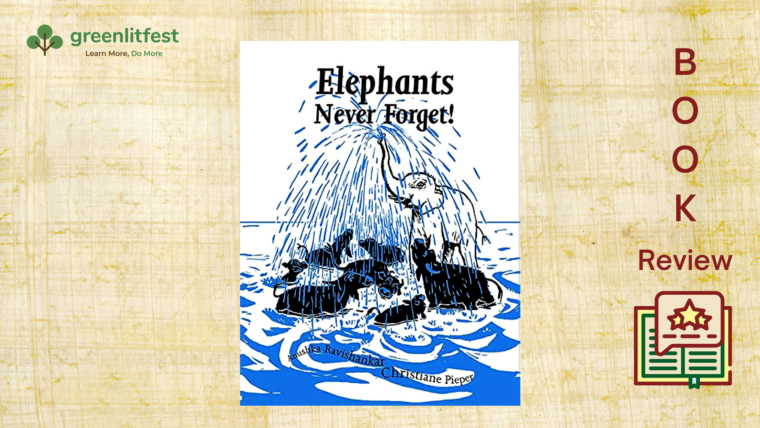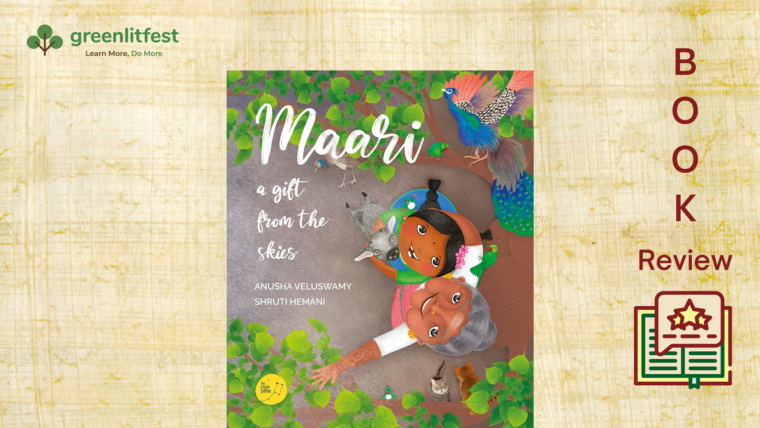Walking the Coast
What do you notice when you go to the seashore? If you are like me, you probably dig around in the sand, collect shells, play in the waves, admire the sunrise or sunset and skirt the tiny crabs scurrying around on the sand. If you are a little more observant, you may notice the nature of the waves, the direction of the current, maybe the texture of the sand and the gradient of the shore. You definitely enjoy the cool breeze and hope that no construction of bridges or ports spoil your view.
Shorewalk by Yuvan Aves will completely upend your beach visits, and leave you wondering if you have ever truly observed and experienced the seashore.
A medley of words, pictures and photographs, it takes you into the world of little Kadalamma, named after the ‘ocean mother’, who loves to walk on the beach with her grandfather Palayam. A former fisherman, Palayam is a keeper of traditional knowledge steeped in experience that stems from living within the coastal ecosystem. Told from his eyes, the book brings to life the drama and intrigue of the seashore.
Have you wondered why your feet sometimes sink into the sand when you walk the shore?
Did you know that ghost crabs are the beach clean-up squad? Or when they chuck sand far away while digging a burrow, the weather will be calm? Or what poses the biggest threat to these little scavengers?
Why were some coastal villages devastated by the 2004 tsunami, while others along the same coast remained largely unaffected?
Do ports and harbors truly mean progress? What is progress if the fallout from their construction threatens our living space?
With its simple storyline laced with facts, Shorewalk deftly guides readers through this mysterious and fascinating world. It encourages them to reflect on the dangers posed by human-induced climate change and how an imbalance in coastal ecosystems can affect other habitats too.
This is a book that you will want to tuck into your beach bag, every time you choose to visit the coast.



